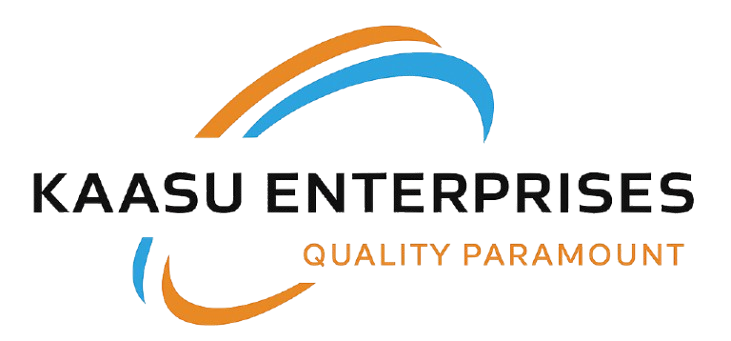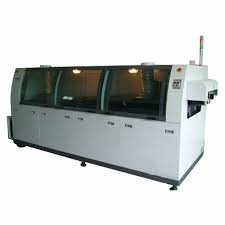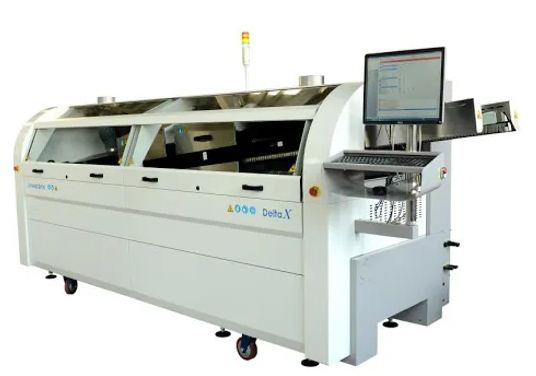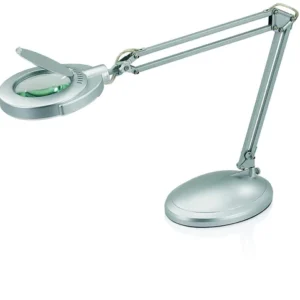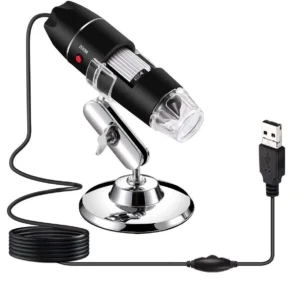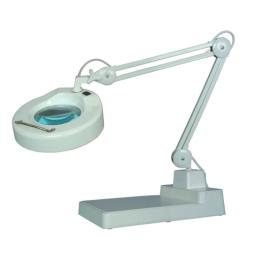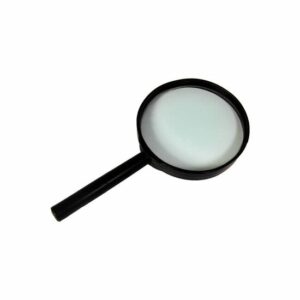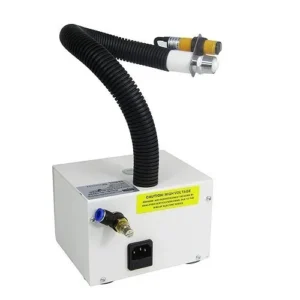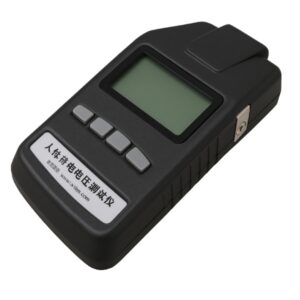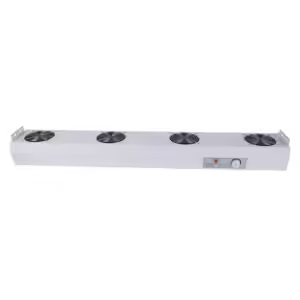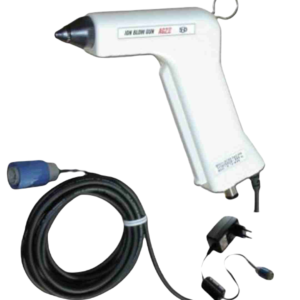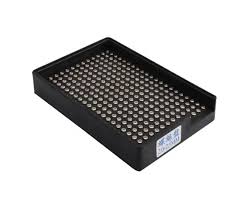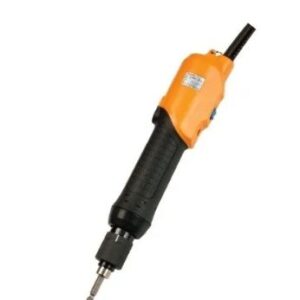Wave Soldering Machine
Supplier in Delhi | Kaasu Enterprises
Wave Soldering Machine
Product Details –
| Parameter | Description |
|---|---|
| Product Name | Wave Soldering Machine |
| Category | SMT Product |
| Type | Leaded / Lead-Free Wave Soldering |
| Solder Pot Capacity | 150 – 350 Kg (depends on model) |
| PCB Width Support | Up to 300 mm / 400 mm (model dependent) |
| Preheating Zones | 2 – 4 Zones (Top / Bottom) |
| Conveyor Speed | Adjustable (0–2000 mm/min approx.) |
| Temperature Range | Up to 300°C |
| Applications | Through-Hole Component Soldering, PCB Mass Production |
| Features | Nitrogen Inerting (Optional), Auto Fluxing, Precise Temp Control |
Wave Soldering Machine: A machine that provides a continuous wave of molten solder for soldering through-hole components onto PCBs.
Additional Information:
Wave Soldering Machine – High-Performance Soldering for Through-Hole Technology
In the field of electronics manufacturing, precision and speed are critical, especially in assembling through-hole components. The Wave Soldering Machine plays a vital role in this process, offering an automated solution that delivers consistent, high-quality solder joints across large volumes of printed circuit boards (PCBs).
At Kaasu Enterprises, we provide advanced Wave Soldering Machines designed to meet the rigorous demands of high-volume PCB assembly. Whether you’re producing industrial controllers or consumer electronics, our systems deliver unmatched soldering reliability with minimal manual intervention.
◉ What Is a Wave Soldering Machine?
A Wave Soldering Machine is a specialized system used to solder electronic components onto PCBs by passing the board over a continuous wave of molten solder. It is primarily used for through-hole technology (THT), where component leads are inserted into holes and soldered on the underside of the board.
The wave soldering process is particularly useful for mass production, offering speed, uniformity, and reduced human error.
◉ Technical Specifications at a Glance
Here are the key details of the wave soldering machines available from Kaasu Enterprises:
| Feature | Specification |
|---|---|
| Product Name | Wave Soldering Machine |
| Category | SMT Product |
| Type | Leaded / Lead-Free |
| Solder Pot Capacity | 150 – 350 Kg (model dependent) |
| PCB Width Support | Up to 300 mm / 400 mm |
| Preheating Zones | 2 – 4 Zones (Top and/or Bottom) |
| Conveyor Speed | Adjustable, up to 2000 mm/min |
| Temperature Range | Up to 300°C |
| Applications | Through-Hole Soldering, PCB Mass Assembly |
| Optional Features | Nitrogen Inerting, Automatic Fluxing, Precise Temp Control |
| Power Requirement | AC 220V / 380V, 50/60 Hz |
◉ The Process: How Wave Soldering Works
Wave soldering involves several precisely controlled steps, ensuring optimal adhesion and electrical performance:
1. Fluxing
Flux is applied to the PCB to remove oxidation and improve solderability. Our machines support automatic fluxing systems that spray the right amount of flux for each batch.
2. Preheating
The boards pass through 2 to 4 preheating zones, ensuring gradual temperature rise. This prevents thermal shock and activates the flux effectively.
3. Solder Wave Contact
The PCB passes over a wave of molten solder, which touches the exposed metallic areas and component leads. The wave ensures a consistent, clean, and full solder joint.
4. Cooling
After soldering, the board enters the cooling zone to solidify the solder joints and stabilize the assembly.
Each zone is temperature-controlled to prevent overheating and ensure the best solder integrity.
◉ Why Wave Soldering Is Still Relevant Today
Even with the rise of SMT and reflow soldering, wave soldering remains essential for various applications:
-
Through-hole components that provide structural stability or carry high currents
-
Mixed technology PCBs where both SMT and THT components are present
-
Cost-sensitive mass production requiring high output and low defect rates
-
Single and double-sided assemblies with selective soldering options
Wave soldering is widely used in automotive electronics, industrial automation, power supplies, consumer appliances, and more.
◉ Leaded vs Lead-Free Soldering Options
Kaasu Enterprises offers both leaded and lead-free wave soldering machines, depending on the application and compliance requirements:
-
Leaded Systems: Lower melting point, easier wetting, and cost-effective
-
Lead-Free Systems: Environmentally compliant (RoHS), higher thermal resistance, and suitable for export-grade PCBs
Our solder pots are designed with corrosion-resistant materials to withstand continuous use, regardless of the solder type.
◉ Advanced Features for Modern Production
To keep pace with today’s production demands, our Wave Soldering Machines offer a range of features that enhance both productivity and quality:
▶ Nitrogen Inerting (Optional)
Nitrogen environment reduces dross formation and improves solder joint finish.
▶ Auto Fluxing System
Ensures precise, consistent flux application with minimal waste.
▶ Adjustable Conveyor Speed
Allows customized board handling based on size, layout, and component density.
▶ Digital Control System
Touch-based interface to monitor temperature zones, conveyor speed, flux quantity, and solder levels in real time.
These smart features reduce manual intervention and help manufacturers maintain consistent soldering quality across every production cycle.
◉ Benefits of Using Kaasu Enterprises Wave Soldering Machines
Here’s what makes our equipment a trusted choice among PCB manufacturers:
-
High Throughput: Ideal for medium to high-volume production
-
Energy Efficient: Insulated heating chambers reduce power consumption
-
Flexible Configurations: From basic to fully loaded models
-
Durability: Heavy-duty frames, stainless solder pots, and premium motors
-
Easy Maintenance: Modular design for quick access to critical components
Our machines are built with long-term reliability and low cost of ownership in mind.
◉ Common Applications Across Industries
Wave soldering is used extensively in:
-
Consumer electronics: Televisions, washing machines, microwave ovens
-
Automotive electronics: Control units, relays, sensors
-
Lighting systems: Drivers, ballasts, LED arrays
-
Power electronics: Inverters, converters, chargers
-
Medical devices: Diagnostic and monitoring boards
With the right wave soldering setup, manufacturers can reduce rework rates and ensure product consistency across thousands of boards per day.
◉ Maintenance Tips for Longevity
To ensure your Wave Soldering Machine continues to perform optimally:
-
Clean solder pot regularly to reduce oxidation and dross buildup
-
Calibrate preheating zones every few months to maintain thermal accuracy
-
Inspect conveyor belts for alignment and wear
-
Replace filters in fluxing systems as per usage
-
Monitor pump and motor function to avoid downtime
Our support team offers maintenance training and service contracts for long-term assistance.
Conclusion –
The Wave Soldering Machine remains a cornerstone in PCB manufacturing, especially for through-hole and mixed technology boards. With rapid soldering, stable performance, and the ability to handle large production volumes, it delivers both reliability and speed.
At Kaasu Enterprises, we provide a range of wave soldering solutions to meet every scale—from small-batch assembly lines to full-scale factories. Designed with precision, built for durability, and supported with professional expertise, our machines ensure your production line runs smoothly, efficiently, and profitably.
